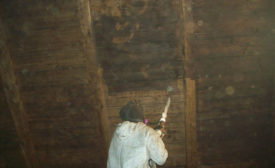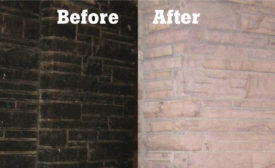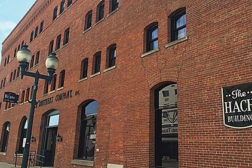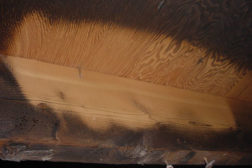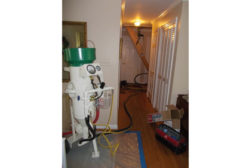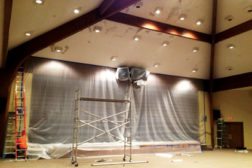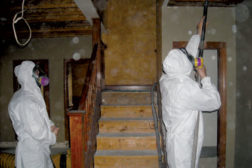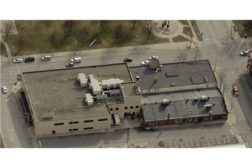Home » media blasting
Articles Tagged with ''media blasting''
The journey of restoring a historic New Hampshire barn damaged by fire
Read More
Focus on Blasting Without Losing Your Focus
The versatility of today’s blasting equipment allows it to be utilized for more than just mold and fire jobs.
Read More
Vitro Minerals Opens Plant for Recycled Glass Blast Media
Recycled glass blast media is free of crystalline silica and is environmentally friendly.
May 28, 2014
Remediating Parkside Bible Church: A Case Study
From containment and media blasting to freezing temps and 45-foot heights, crew dealt with multiple challenges on mold project.
April 4, 2014
Stay ahead of the curve with our eNewsletters.
Get the latest industry updates tailored your way.
JOIN TODAY!Copyright ©2025. All Rights Reserved BNP Media.
Design, CMS, Hosting & Web Development :: ePublishing
